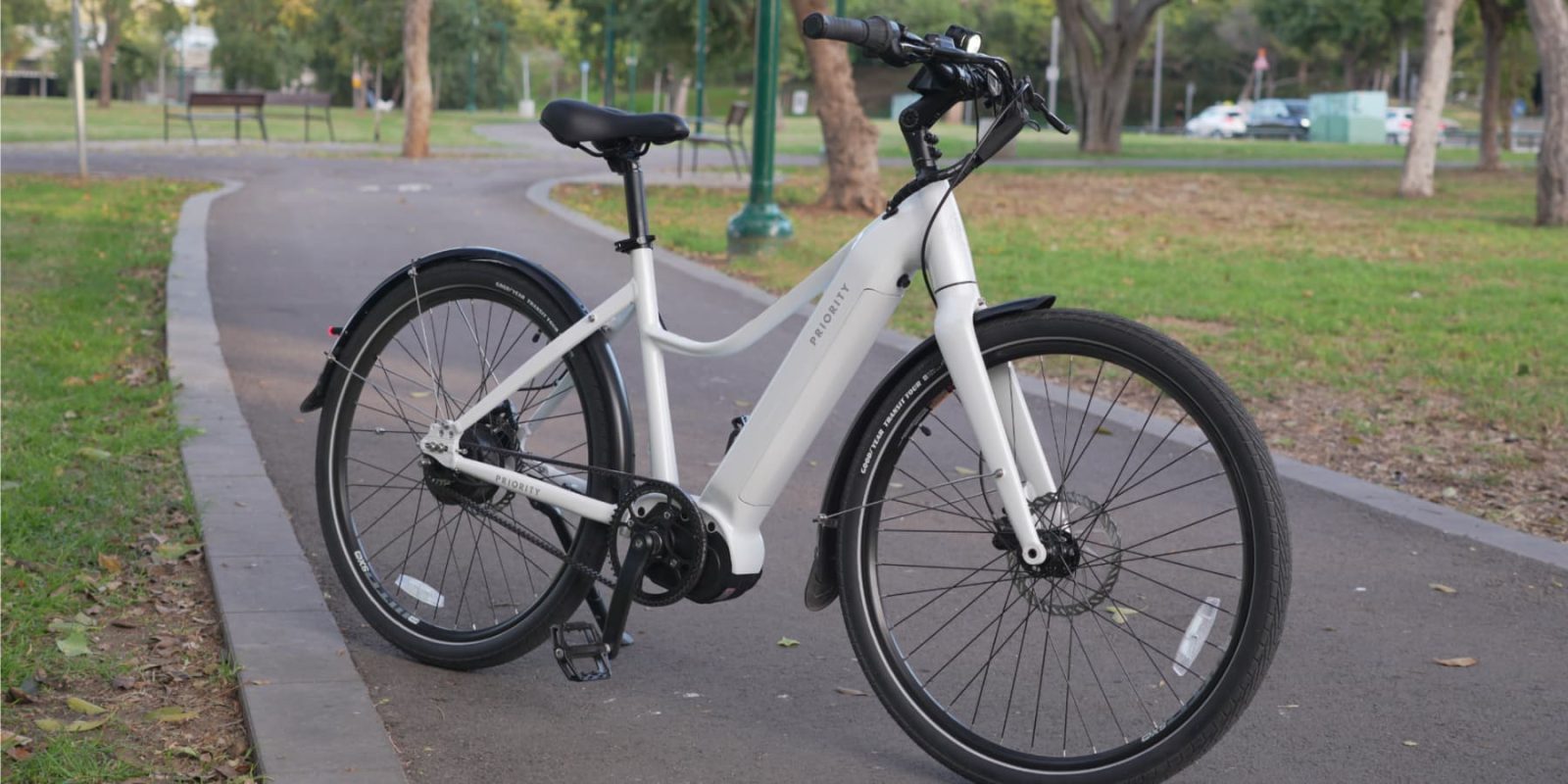
Last week, we shared the news of California’s long-awaited electric bicycle rebate program finally preparing to kick off in the Golden State. The rebate program opens to the public tomorrow, and here’s how you can try and snag up to $2,000 to buy your own e-bike.
The program took a circuitous path to implementation, overcoming serious mismanagement issues along the way.
But now it is finally here, helping Californians afford an electric bike that could serve as a key form of alternative transportation or as an investment in improving health and fitness. More e-bikes replacing cars on the roads also helps contribute to lighter traffic, reduced air pollution, and improved road safety – especially for cyclists and pedestrians.
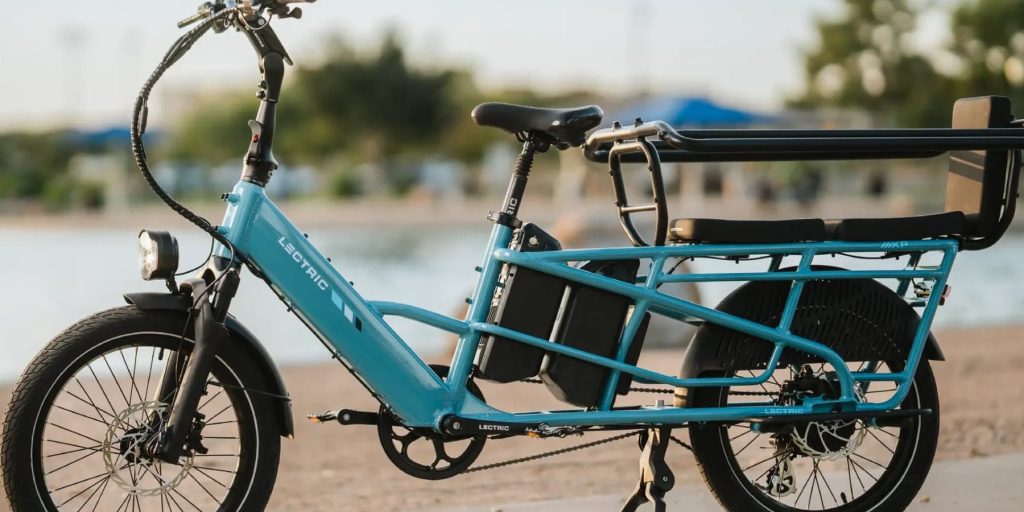
The incentive is surely to be popular, as evidenced by similar programs in other states. So if you’re a California resident and been hoping to score one of only a few thousand coveted rebates to make an electric bike more affordable for you, make sure you’re prepared and know the requirements.
To qualify, Californians will need to first check if they’re in the eligible income bracket.
The cutoff is 300% of the Federal Poverty Line, which varies depending on the number of members in a household according to the chart below. Applicants who make less than 225% of the FPL are able to receive the full rebate amount of US $2,000, while applicants making between 225-300% of the FPL are eligible to receive the base incentive of US $1,750.
Both are enough to fully cover a number of highly capable electric bikes, or a significant portion of most e-bikes on the market.
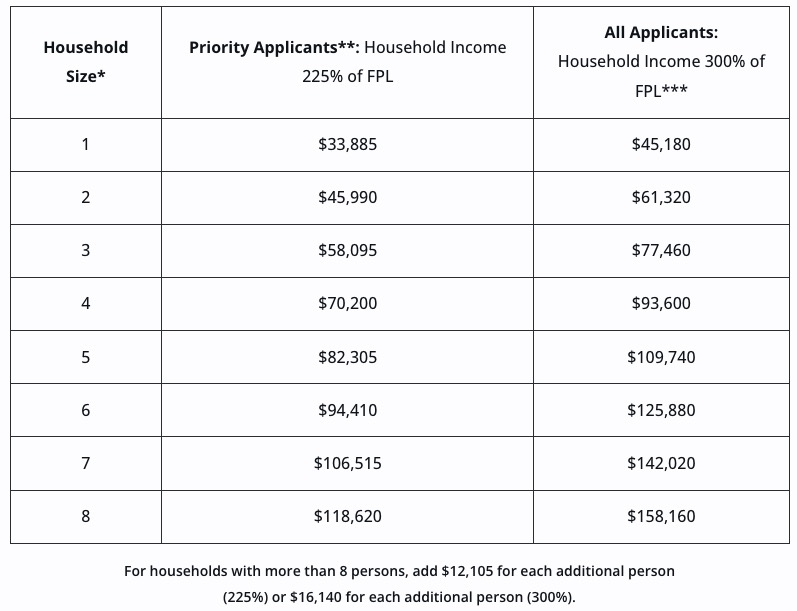
Next, applicants will have to complete the online application form. There are several steps in the application, and they can only be completed once the application window opens on December 18 at 6PM PST.
First, create login credentials, followed by entering the basic contact details.
Next, complete the California residency verification and age verification step by uploading a picture of a valid driver’s license or state identification card.
The next step is verifying income eligibility by uploading your most recent federal tax return transcript. For those who many not have filed taxes, it is also possible to upload different income verification documents. There’s a list of acceptable documents that can be used to complete this step.
Lastly, applicants will need to watch a series of e-bike safety and climate impact training videos before being able to submit the application.

According to the program’s website, “Applicants whose applications are deemed ineligible will receive an email detailing this information and instructions on how to either resubmit required information or a notification that the information provided is not eligible under the program requirements.”
Those fortunate enough to be approved for an e-bike voucher (which can take up to 60 days to select and notify) will then have 45 days to use the voucher to purchase an eligible e-bike.
An extension of 45 days can be received if the desired e-bike is not currently in stock.
Eligible e-bikes must be new, conform to the 3-class system used by California, have an integrated front light as well as some type of rear light, come with at least a 1-year warranty, and be fully-assembled. The incentive also covers certain biking accessories such as safety gear, locks, etc.
A list of eligible electric bicycles is provided by the program officials here, though it hasn’t been updated in a month and is likely to change as additional qualified e-bikes are added.
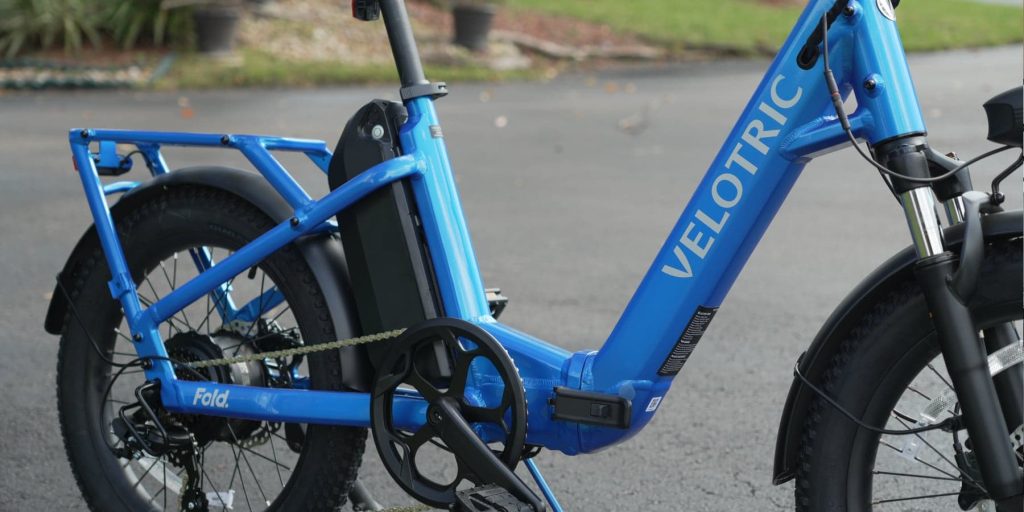
There’s likely to be a mad rush to fill out the application right when it opens at 6PM tomorrow, so if you’re hoping to score one of the few thousands vouchers available, you’d be well advised to have all of your information and documents prepared in advance.
While the California program isn’t the same as Denver’s, that successful program has proven to exhaust its new supply of vouchers in mere minutes each time a new round is opened.
This is only the first of several expected rounds of vouchers to be dismeninated through the California program, so if you aren’t lucky enough in the first round, there’s still likely going to be more chances next time.
FTC: We use income earning auto affiliate links. More.


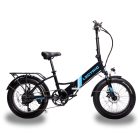


Comments